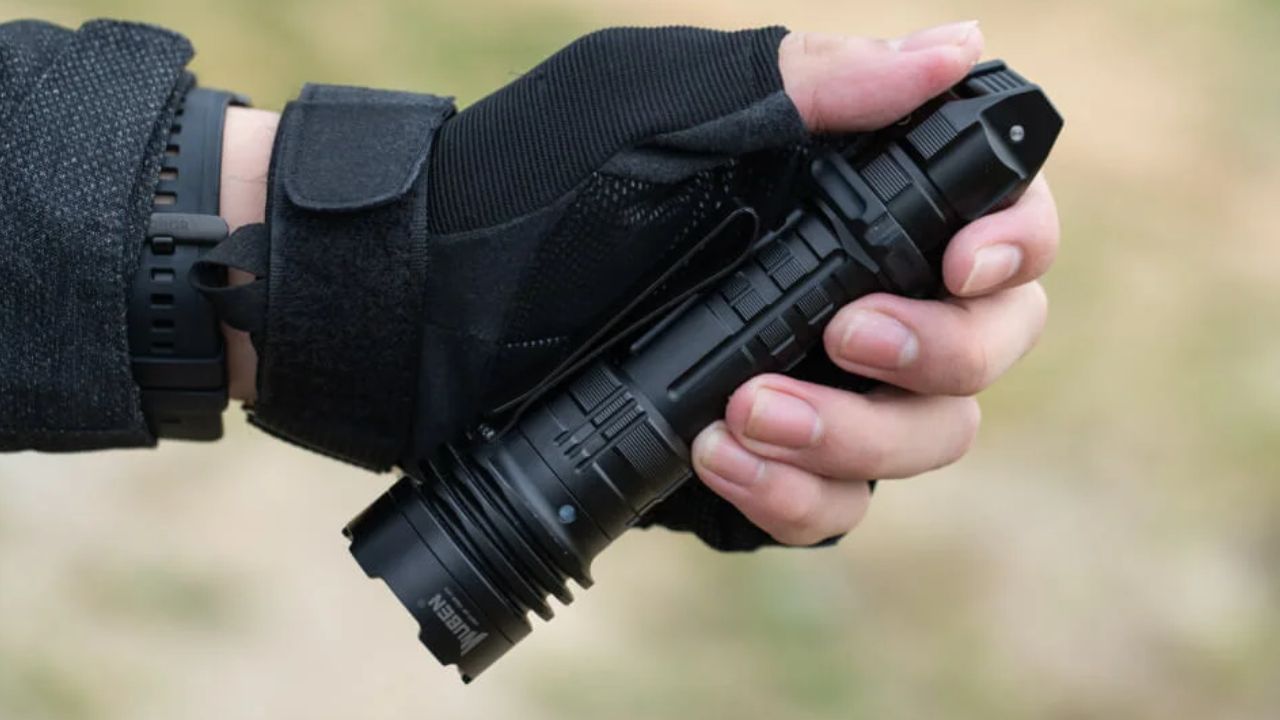Lumen count is one of the most important figures in the category of high-power flashlights, critical to those who have to rely on its light-producing capabilities for outdoor activities, work, or situations where the resource will be needed.
This guide is designed to explain the value of lumen count and help you decide on a high lumen flashlight model.
Lumens: The Brief Overview
At its core, lumens measure the total amount of visible light emitted by a source, such as a flashlight. Unlike watts, which indicate energy consumption, lumens quantify brightness, providing a clearer understanding of a light's output capacity. High-power flashlights, particularly those used in search and rescue, security, or extensive outdoor activities, emphasize lumen count to highlight their effectiveness in diverse settings.
Decoding Lumen Count: What Numbers Mean for You?
The amount of light emitted by flashlights also differs tremendously, starting from the relatively low range of 20 lumens suitable for reading or any other near-tasks and up to the thousands of lumens (sometimes more) necessary for lighting vast territories. First, it’s crucial to grasp the specific qualitative characteristics that your flashlight must provide in order to determine the correct lumen range.
For general household use or simple camping needs, a flashlight between 20 to 150 lumens may suffice. However, for more demanding scenarios such as trail navigation or emergency response, opting for devices that offer 300 lumens or more ensures adequate visibility.
The Impact of High Lumen Count on Visibility and Safety
A high-power flashlight's primary objective is to enhance visibility, thereby elevating safety in low-light conditions. A higher lumen count translates to a broader beam reach, illuminating larger areas and exposing potential hazards or threats within the environment. This is particularly beneficial in complex or unpredictable terrains where detailed awareness of surroundings is crucial for navigation and avoiding dangers.
Beyond mere illumination, flashlights with substantial lumen outputs serve as vital tools for signaling and emergency locations. Their intense beams can cut through the darkness and adverse weather, making them indispensable for rescue operations or signaling help when lost.
Balancing Lumen Output with Practical Considerations
A higher lumen count indicates that the flashlight will emit light brighter than the other, but there are other factors, such as battery backup, size, and flashlight usage.
Some devices may utilize a high output and draw a lot of power, hence needing to recharge or replace their batteries more frequently. Therefore, the time a flashlight can burn at full brightness with its battery fully charged, if in any given mode of operation (in lumens), is figured just as essential as its peak power.
High-lumen flashlights also require large size requirements because of the big battery and heat dissipation systems required by hot light output. When selecting a flashlight, it becomes important to factor in lumen count as well as the physical characteristics of the device depending on the level of portability one desires and the specific application.
Navigating Beam Quality and Lumen Count
It is also significant to note that the lumen count is inadequate to define a flashlight's brightness efficiency. The ability of the beam to deliver light in the area where it is needed, the ability to focus the light, and the ability to give natural colors and contrast are all defining factors of the quality of the beam and how good a flashlight will be in real life. A focused beam with a higher concentration of lumens per square inch (candela) can provide greater visibility over long distances than a diffused light with the same lumen count. Furthermore, the color temperature and rendering of the beam can affect how natural and clear objects appear under the light, impacting the user's ability to distinguish colors and details in the dark.
Conclusion
Some of the essential aspects that need to be taken into consideration while choosing an ideal and efficient high-power flashlight are lumen count, which directly affects the visibility a flashlight could provide, as well as safety and functionality. By figuring out where the numbers meet the real-world needs regarding light output, battery consumption, flashlights’ size, and, most importantly, the beam quality, it is possible to select a device beyond meeting expectations for critical lighting conditions. Whether you're a professional seeking reliable equipment for night operations, an adventurer exploring the wilderness, or simply preparing for emergencies, knowledge of lumen count ensures that when darkness falls, you're never left in the shadow.


